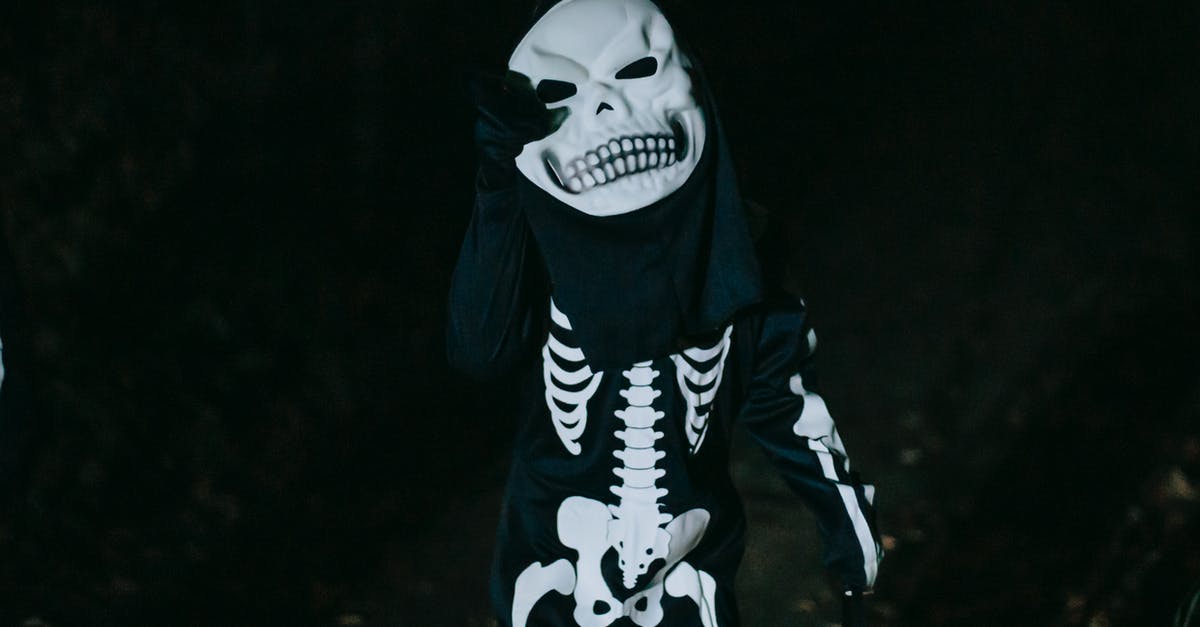Why does Bandersnatch have dead ends?

I saw Black Mirror: Bandersnatch (2018) and got a dead end by choosing the option where the protagonist destroys his computer when his "finished" code turns up buggy. But instead of continuing the story forward, the show kept repeating that scene and asked me to make a different choice where he just hits the desk, thus indicating a dead end.
The protagonist is already frustrated to the breaking point at this point, as his demo was a failure with his boss, so I felt the natural reaction would be that he would destroy his computer; but the show said otherwise.
Strictly from a screenplay point of view, why were there dead ends like this in the story? Why didn't they lead to one of the filmed endings? Keeping dead ends in this novel approach to storytelling seems very odd.
PS: The answer to another question indicates there are more dead ends too
Best Answer
Not all those ends are as dead as they look
Some of those dead ends lead to new content which helps establish the feeling something strange is going on, that time isn't strictly linear in this story, and that something else is somehow in control.
For example, when Stefan first arrives at Tuckersoft, Colin's code encounters a bug (what was it again? A buffer overflow caused by some kind of sprite?). From there, everyone goes into Mohan's office and Stefan presents Bandersnatch (game). Neither Colin nor Mohan have heard of the book.
Then, Mohan asks if you want to work with Tuckersoft. If you select "Yes", you immediately run into an ending where Stefan releases the game, it's buggy and half-finished, and a terrible game. Then you encounter what you've described as a dead end. The movie prompts you to go back to your last decision and try again.
BUT! This "second" time Stefan arrives at Tuckersoft, things go a little differently. This time, when Colin's game breaks, Stefan cuts Colin off and explains the bug he runs into. Further, inside Mohan's office, both Colin and Mohan know all about Bandersnatch (book). This shows the viewer that although you're repeating the major events, your choices have a lasting effect on the Bandersnatch (tv show) world. Colin even breaks the fourth wall on this during his acid trip (a few other places as well), and is so confident of it he's happy to jump off a building to demonstrate.
Further, some future options change based on the decisions you've made in the past. In the answer you linked to, you'll see you can pick up some "qualities" along the way, which affect the options you have. It's possible to encounter an apparent dead end, only to realize you unlocked another path along the way. For example, you can go back in time and find Stefan's rabbit as a child, but only if you've talked about Stefan's mom.
Then, of course, from a game perspective (because Bandersnatch lands somewhere between game and TV), every choice can't be equally as significant or correct. That's bad game design. You can see a couple of places where they thought about this: the non-consequential choices at the beginning show the viewer how choices work; selecting "yes" at Tuckersoft makes sense, so most viewers are immediately shown how they can go back and change a choice (and how that affects the story). So dead ends are a little necessary if you want the viewer to feel like they need to put effort into their decisions.
Pictures about "Why does Bandersnatch have dead ends?"



Does Bandersnatch ever end?
'Black Mirror: Bandersnatch' Has 5 Main Endings \u2013 Here's What They Are.How many endings does the movie Bandersnatch have?
How many endings does Bandersnatch have? According to Netflix, there are five main endings (bear in mind, there are different variations to each) \u2013 but they've since revealed there is another secret ending many viewers may not have discovered...Does Bandersnatch have a secret ending?
This ending contains some surprising Easter eggs, including a QR Code leading to the Tuckersoft website if a ZX Spectrum Emulator is used to scan the scene's audio. In addition, a downloadable game is available on the "Nohzdyve" page of the Tuckersoft website.Can Bandersnatch have a happy ending?
As you can see, there's isn't really a \u201chappy\u201d ending to Bandersnatch, which shouldn't come as a surprise to anyone familiar with Black Mirror. The only way to get a five-star review requires that you kill your own father (though he might not actually be your father at all).[SPOILERS] The best Bandersnatch ending
More answers regarding why does Bandersnatch have dead ends?
Answer 2
Another reason it may be done this way to motif the video game concept. In some games, you don't always just die, as much as you may have some "players" left and can return to previous checkpoint. (ie: the difference between losing something vs losing everything/the whole game)
Checkpoints are locations in a video game where a player character respawns after death. Characters generally respawn at the last checkpoint that they have reached.**A respawn is most often due to the death of the in-game character, but it can also be caused by the failure to meet an objective required to advance in the game. Checkpoints might be temporary, as they stop working when the character loses all of its lives. Most modern games, however, save the game to memory at these points, known as auto-saving.
Checkpoints might be visible or invisible to the player. Visible checkpoints might give a player a sense of security when activated, but in turn sacrifice some immersion, as checkpoints are intrinsically "gamey" and might even need an explanation of how they work. Invisible checkpoints do not break immersion, but make players unsure of where they will respawn. Usually, if a player does get a game over, then there progress will be lost, and the player would lose all of their checkpoints.
"...why were there dead ends like this in the story? Why didn't they lead to one of the filmed endings? Keeping dead ends in this novel approach to storytelling seems very odd."
But also to go with Johnny Bones' great answer, the notion of different kind of endings also does not only point out that we don't have full control and that there are still limitations, but it also gives us a contrast to consider what an ending really is, which the creators behind Bandersantch seem to want us to contemplate, as they themselves have...
Even Netflix says that while there are five “main” endings, there are multiple variants on each that they are daring viewers to uncover. And Brooker and Jones are clear as to not “prescribe” one ending over the others, especially because they couldn’t agree on what exactly defines one.
“There were quite heated debates about what constitutes an 'ending,'” says Brooker. “There’s a school of thought that says any time it stops and you go back, that’s an ending. In Bandersnatch, there are endings that are really abrupt that are still endings, in my mind.”
Besides, Jones points out: “In a world of parallel realities, maybe there is no ending?”
Answer 3
The show is based on the "Choose Your Own Adventure" series of books, and in fact the publisher of said books has sued Netflix over this series.
The point is, in the "Choose Your Own Adventure" books, your character could die, thus making for a shorter story. In the TV show, it must run a specific length, thus the dead end forces you to choose an alternate course of action to progress the story along.
Keep in mind, they're on a budget. It's easier (and less expensive) to force you to make an alternate choice than to actually script and film every possible outcome.
Of course, the simple fact is that you don't really have a choice. ;o)
Answer 4
Dead ends highlight one of the philosophical themes of the story
One of themes of the story in Bandersnatch is that the actions in the game are not as free as you think and are sometime predetermined. In one of the paths the game develop explains that he fixed some of the bugs blocking completion of the game by simplifying the choices and giving the players "the illusion of free will" by making it look as though they had a choice when they really didn't.
The programme mirrors some of this idea in the way it sometimes seems to present the viewer with choices that don't seem to change anything (though it is not quite that simple as some of them influence later events and choices even though they don't seem to do much immediately after the original choice).
But the overall impression the view takes away is that they are not really fully in control of where the story goes and I certainly felt that I was being pushed in particular directions without really being able to control the timeline.
I assume, given the way other Black Mirror stories were written, that this slightly uneasy feeling is exactly what the writers intended. It is a clever way to manipulate the feeling of the viewer by making him share some of the experiences of the game developer in the story who has to confront the fact he isn't really in control of his own life.
Sources: Stack Exchange - This article follows the attribution requirements of Stack Exchange and is licensed under CC BY-SA 3.0.
Images: Charles Parker, Erik Mclean, Laura Habegger, Ahmed Adly
